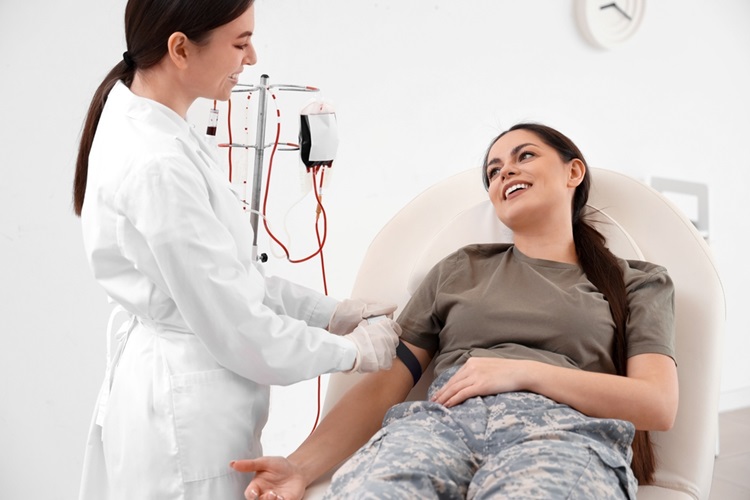Arterial Blood Gas Measurement: What It Checks & Indicates
Arterial Blood Gas Measurement: What It Checks & Indicates

Arterial Blood Gas (ABG), as the name indicates, is a blood sample test taken from your artery. This test serves two purposes: measuring oxygen and carbon dioxide levels in your blood and assessing the pH (acid-base balance) to evaluate overall blood chemistry.
Usually, doctors ask you to go for an ABG test in emergencies. The studies of this test can be used to interpret the health of your respiratory system, circulatory system, metabolic functions, and the overall functioning of your vital organs.
What does arterial blood gas measurement include, and what is the significance of this test? The following sections can help you with the answers to these questions.
Arterial Blood Gas Measurement
ABG test includes testing the following important parameters in your body:
| Tests | What does it indicate | Normal Range |
|---|---|---|
| O2CT | Presence of oxygen in your blood | 15 - 23% (per 100ml of blood) |
| pH | Balances of acids and bases in your blood (lower levels indicate acidic content, and higher levels indicate alkaline content) | 7.35 - 7.45 |
| PaCO2 | Presence of carbon dioxide and the quality of outflow of this gas from the body | 35-45 mmHg (millimetres of Mercury) |
| PaO2 | The pressure of oxygen dissolved in your blood and the quality of movement of oxygen from your lungs to other parts | 80-100 mmHg (millimetres of Mercury) |
| HCO3 | It uses the pH and PaCO2 values to check how much basic compound can be made from CO2 | 22-26mEq/l (milliequivalents per lire) |
| O2Saturation | Haemoglobin's potential to carry oxygen from your lungs to other parts | 95-100% |
| Haemoglobin | Quantity of haemoglobin protein present in your blood | 13.2-16.6g/dl (men) and 11.6 - 15g/dl (women); g/dl- grams per decilitre |
Your doctor may ask you to go through an ABG in the following cases:
• During emergencies, when you require immediate medical help (in case of accidents, illnesses, etc.)
• While providing anaesthesia for patients and other pain medications related to surgery
• When you have serious respiratory disorders
Unlike blood gas analysis, ABG only draws a blood sample from your artery. As a result, the procedure may cause slight discomfort. Apart from soreness at the injection site and occasional dizziness, no significant risks are commonly associated with an ABG test.
Conclusion
Doctors use the results of your ABG test to evaluate several critical ailments like sepsis, septic shocks, cardiac arrest, acute respiratory distress syndrome, acute heart failure, metabolic disorders and more. The treatments following your ABG test can be expensive, making financial planning essential. A health insurance plan can help manage these costs, allowing you to focus on your recovery without added financial stress.
Disclaimer: The above information is for illustrative purposes only. For more details, please refer to the policy wordings and prospectus before concluding the sales.
RELATED ARTICLES
What is a Complete Blood Count Test?
What is the Normal Range For a Complete Blood Count?
What Are Pre-Medical Tests in Health Insurance?
How to Avail Free Medical Checkups in Health Insurance
Blood Transfusion Reactions: Risks and Complications










 Health Insurance
Health Insurance  Travel Insurance
Travel Insurance  Car Insurance
Car Insurance  Cyber Insurance
Cyber Insurance  Critical Illness Insurance
Critical Illness Insurance
 Pet Insurance
Pet Insurance
 Bike/Two Wheeler Insurance
Bike/Two Wheeler Insurance  Home Insurance
Home Insurance  Third Party Vehicle Ins.
Third Party Vehicle Ins.  Tractor Insurance
Tractor Insurance  Goods Carrying Vehicle Ins.
Goods Carrying Vehicle Ins.  Passenger Carrying Vehicle Ins.
Passenger Carrying Vehicle Ins.  Compulsory Personal Accident Insurance
Compulsory Personal Accident Insurance  Travel Insurance
Travel Insurance  Rural
Rural 











